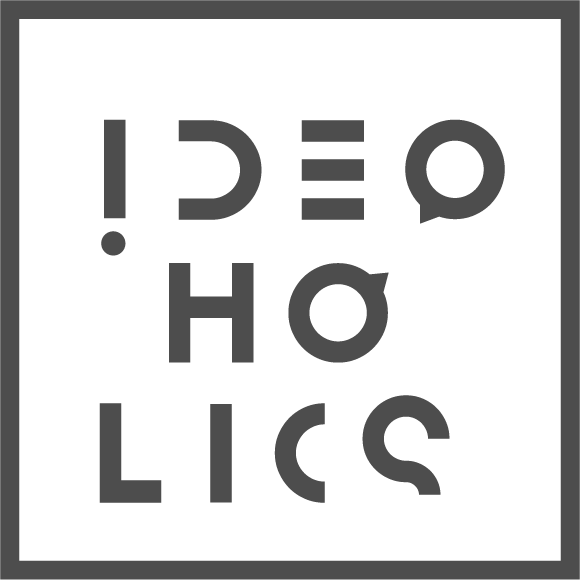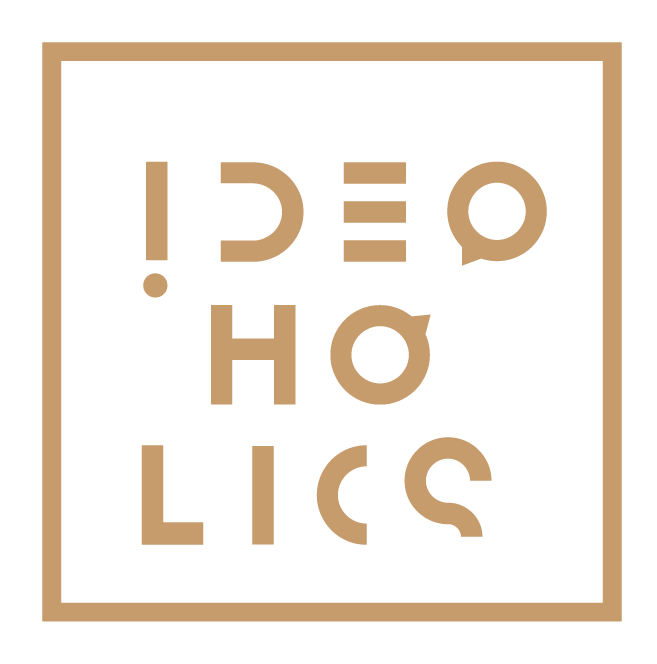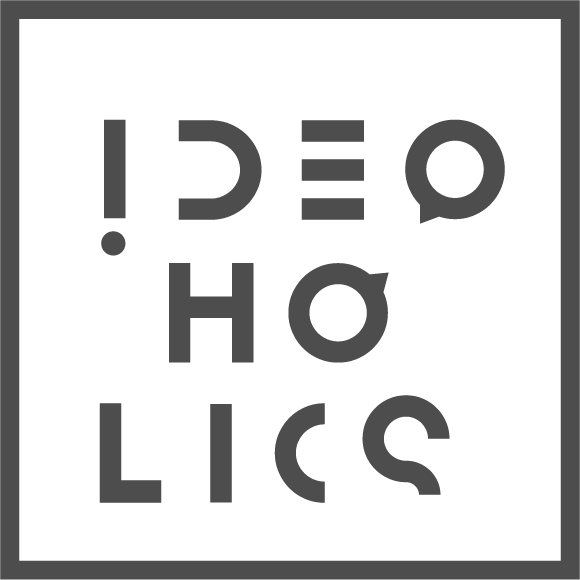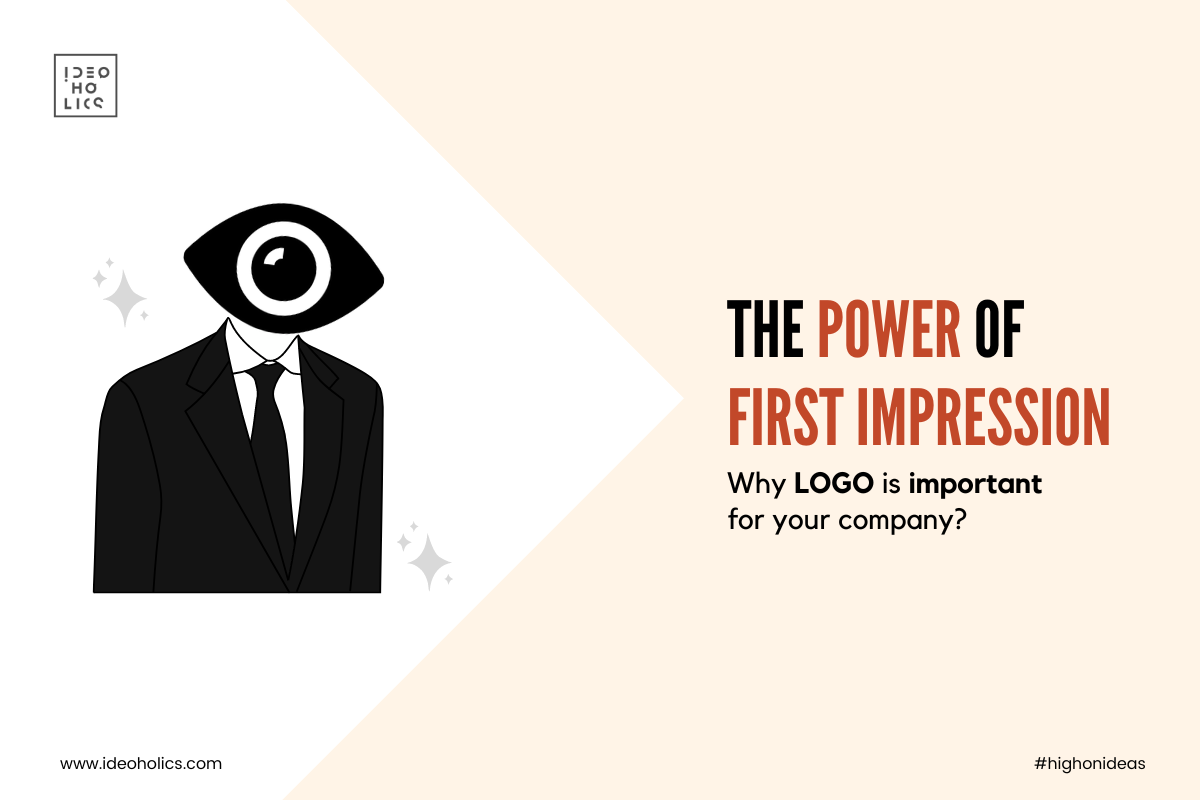
Crafting Identity – Unveiling the Magic of a Logo Designer
In the vibrant world of branding, a logo is more than just a symbol. It’s a story, a representation of values, and a powerful tool that shapes perceptions. Crafting such an identity is no easy feat; it’s an art and a science that logo designers have mastered. This blog post delves into the intricate process of logo design, exploring the magic behind the creation of these iconic emblems.
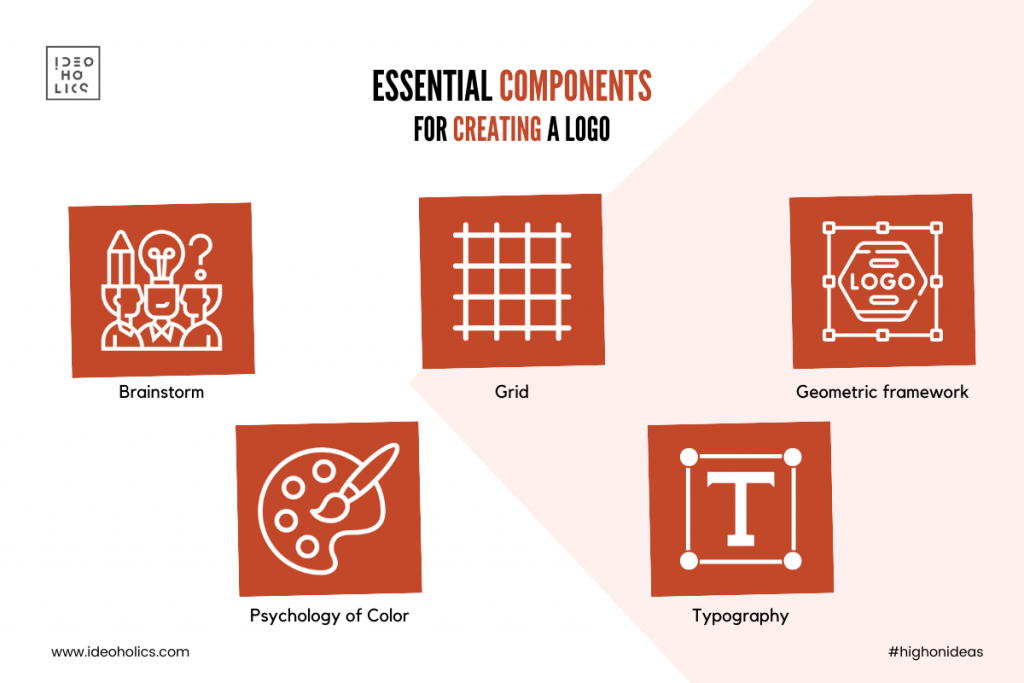
The Journey of a Logo: From Concept to Creation
Understanding the Brand
The first step in crafting a logo is understanding the brand it represents. This involves deep research and a thorough understanding of the brand’s mission, values, target audience, and industry landscape. Designers often start by asking critical questions:
- What is the brand’s core message?
- Who is the target audience?
- What emotions or thoughts should the logo evoke?
Brainstorming and Conceptualizing
With a solid understanding of the brand, designers move on to brainstorming and conceptualizing. This stage is about exploring ideas and visualizing concepts. Sketching plays a crucial role here; designers sketch multiple ideas, allowing creativity to flow freely without constraints.
The Role of Grids and Frameworks
A crucial aspect of professional logo design is the use of grids and frameworks. These tools ensure that the logo is balanced, proportionate, and visually appealing. Here’s how they come into play:
Grids
Grids are like the scaffolding of a logo. They provide a structured framework that guides the placement of each element, ensuring consistency and harmony. Grids help in:
- Aligning elements to create symmetry and balance.
- Defining spacing to maintain uniformity.
- Ensuring the logo looks cohesive in different sizes and formats.
For instance, the iconic Apple logo uses a grid system based on the golden ratio, creating a naturally pleasing aesthetic.
Geometric Frameworks
Geometric frameworks involve using shapes like circles, triangles, and rectangles to construct the logo. This method ensures that the logo is scalable and versatile. A geometric approach allows for precision and clarity, making the logo adaptable across various media.
Color Psychology and Typography
Color and typography are pivotal in conveying the brand’s message and personality.
Color Psychology
Colors evoke emotions and can significantly impact how a brand is perceived. Designers choose colors based on psychological principles:
- Red for energy and passion.
- Blue for trust and professionalism.
- Green for growth and tranquility.
Typography
The choice of typeface also speaks volumes about a brand. Serif fonts convey tradition and reliability, while sans-serif fonts are seen as modern and clean. Custom typography is often used to create a unique and memorable brand identity.
Iteration and Refinement
Designing a logo is an iterative process. Initial concepts are refined based on feedback and further analysis. This stage involves:
- Simplifying complex designs to enhance clarity.
- Testing the logo in different sizes and applications.
- Ensuring the logo works well in both color and monochrome.
Finalization and Guidelines
Once the logo design is finalized, designers create comprehensive guidelines to ensure consistent usage across all platforms. These guidelines include:
- Clear space rules to maintain visual integrity.
- Color variations for different backgrounds.
- Specifications for print and digital formats.
The Values Embodied in a Logo
A well-crafted logo embodies the core values of a brand. It’s a visual representation of what the brand stands for. For instance:
- Nike’s swoosh symbolizes movement and speed.
- Amazon’s arrow represents a wide range of products from A to Z, as well as customer satisfaction.
- FedEx’s hidden arrow signifies precision and delivery.
The Magic of a Logo Designer
The magic of a logo designer lies in their ability to distill complex ideas and emotions into a simple, recognizable mark. They blend creativity with technical expertise, using grids, geometric frameworks, and an understanding of color psychology to craft logos that not only look good but also resonate deeply with audiences.
Conclusion
Crafting a logo is a meticulous process that requires a blend of artistry and scientific precision. It involves understanding the brand, brainstorming ideas, utilizing grids and frameworks, and refining the design through iterations. The result is a logo that is not just a symbol but a powerful embodiment of a brand’s identity and values. This is the magic of a logo designer—creating visual identities that leave a lasting impression in the minds of people.
